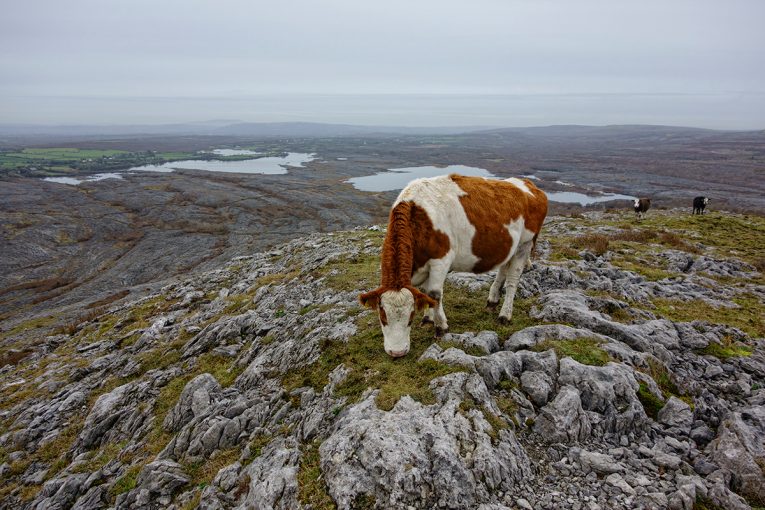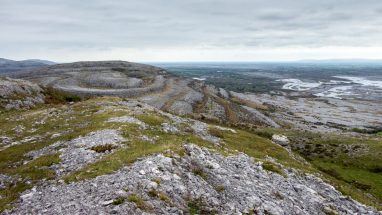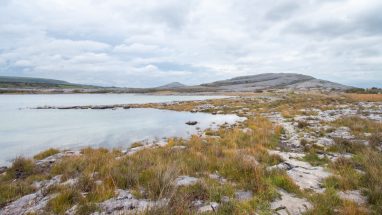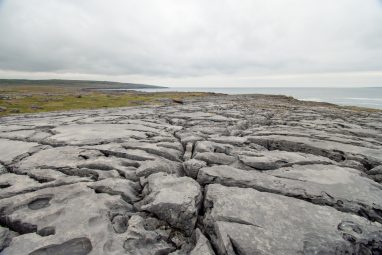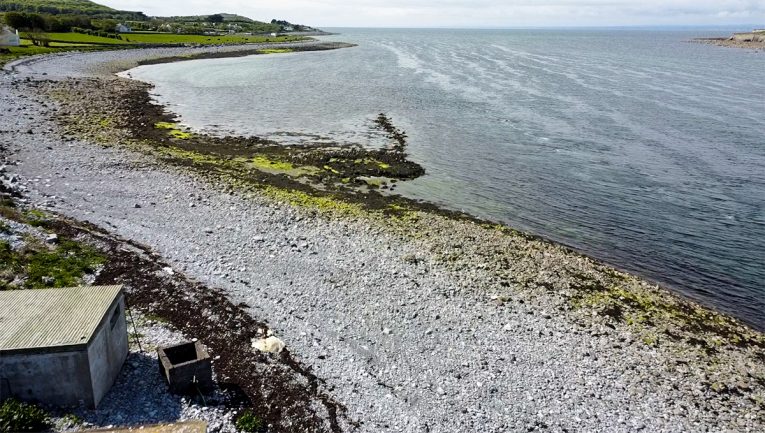The Fertile Rock
The Burren and Cliffs of Moher UNESCO Global Geopark is special because of its exposed limestone bedrock, orchid-rich grasslands and the blanket of glacial mud, sand and rocks left by the last Ice Age that provides a deep, fertile soil in the valleys. The geology of a place has everything to do with its ability to produce food. The Burren’s very name in Irish An Bhoireann means ‘a rocky place’, yet between seemingly barren terraces and hills lie valleys of abundance.
The limestone bedrock provides excellent drainage for the thin organic-rich soil through its numerous cracks and fissures and the natural calcareous grasslands provide an abundance of grasses and herbs making for excellent milk, beef and lamb. Thicker areas of sandy soil produced by enormous glaciers grinding up the local rock during the last ice age are ideal for cultivation and the Finavarra area has a well-deserved reputation for the quality of potatoes grown there.
The wonderful diversity of Alpine, Arctic and Mediterranean flowers that grow together in the Burren are thought to have arrived here after the thick ice cover had melted, migrating from areas that remained ice-free during the Ice Age. The thin, dry soils and temperate climate suited them and farming practices since then have helped to maintain their diversity.
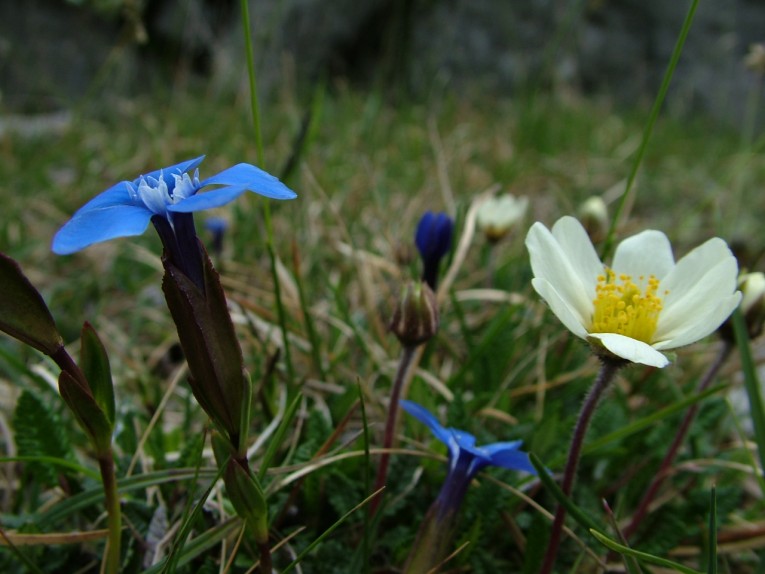
The complex way rainwater interacts with the rock means most of the water flows underground in caves or emerges as springs along the hillsides or as freshwater springs offshore. The porous limestone drains rainwater into underground rivers that feed fresh water and nutrients from the land into the surrounding Atlantic ocean, sustaining fish and the lobsters and oysters of New Quay.
The Geopark has been providing food for its people since they first arrived on these coastlines, hills and valleys as hunters and gatherers at least 12,500 years ago, and probably even earlier. Archaeological evidence in the form of shell middens, burnt stones, carved bone and stone tools tell us that our ancestors were well adjusted to living off this landscape. Excavations at shell middens in Fanore tells us that the early human settlers here were cooking and eating shellfish from the rocky coastline over 6,000 years ago, while much later, 1,000 years ago, monks were growing vegetables and herbs in their gardens at Corcomroe Abbey. Established in the 13th century by a Cistercian order of monks, the Abbey was called St. Mary of the Fertile Rock, and no wonder, for our ‘Boireann; a rocky place’ is indeed a fertile environment.
Winterage
Recently recognised in the National Inventory of Intangible Cultural Heritage of Ireland, the Burren ‘Winterage’ refers to a unique tradition that dates back to the early farmers in the Burren. For thousands of years, Burren farmers have marked the end of summer by herding their cattle onto ‘winterage’ pastures in the limestone uplands where they spend the winter grazing. It is the unique combination of limestone bedrock, well-drained soil and glacial erosion which makes that possible and allows for herds of cattle to roam outdoors all year around, as close to a natural lifestyle as is possible. This ancient reverse tradition is key to the survival of the region’s diverse blend of flora and fauna. The grazing cattle that are in Winterage lower the vegetation which had grown throughout the Spring/Summer months. This allows certain species of flora and fauna that require an open space to thrive during the months of Spring when the cattle are no longer present. During the resting period of Spring/Summer, the vegetation will continue to grow in the uplands, and it will be ready for the cattle to graze on once again when they are moved back up in the Autumn. This cycle is an iconic part of the story of the Burren and Cliffs of Moher UNESCO Global Geopark.
